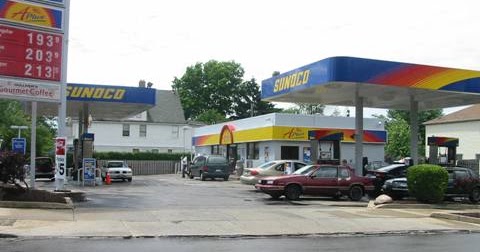
"So far, we've been very lucky - but luck's not a workable strategy when dealing with catastrophic nuclear risk. Plant operator Energoatom said the situation was "under control" and plans were made during the construction of the plant to mitigate low water levels at the reservoir.īackup diesel generators could keep the facility cool for approximately 10 to 12 days before they would need refuelling, experts have previously said.Īssessing the overall risk to the plant, including military activity nearby, Dr Dorfman said: "It's looking worse by the day. The water also serves six reactors and while all but one is in cold shutdown to limit risk, "they still pose a very significant threat", Dr Dorfman added.


"Basically, if they don't get cooling, they will release significant radiation pollution." "This is as scary as it is important," said the analyst, adding the water level was 16.4 metres at 8am today. Water is pumped from the reservoir to the power plant's "high-level radiation" spent fuel, but if the reservoir level drops below 12.7 metres high, this will no longer be possible, explained Dr Dorfman. The "main risk" is to its nuclear waste cooling ponds, which "will release significant radiation pollution" if water levels at the Kakhovka reservoir drop too low for too long, said Paul Dorfman, who is also an associate fellow at the University of Sussex. price of regular-grade gasoline has plummeted 22 cents a gallon (3.8 liters) over the past three weeks, to 2.51.

This morning we reported how the UN's nuclear watchdog said there was "no immediate nuclear safety risk" at the Zaporizhzhia nuclear plant, which is cooled by water from the breached Kakhovka dam.īut the chair of the Nuclear Consulting Group - a nonprofit institute for nuclear research and analysis - has warned there could be "scary" consequences at Europe's largest power station. Average US price of gas drops 22 cents per gallon to 2.51 The average U.S.


 0 kommentar(er)
0 kommentar(er)
